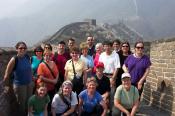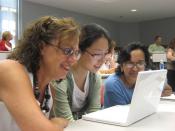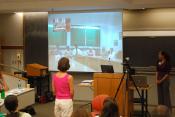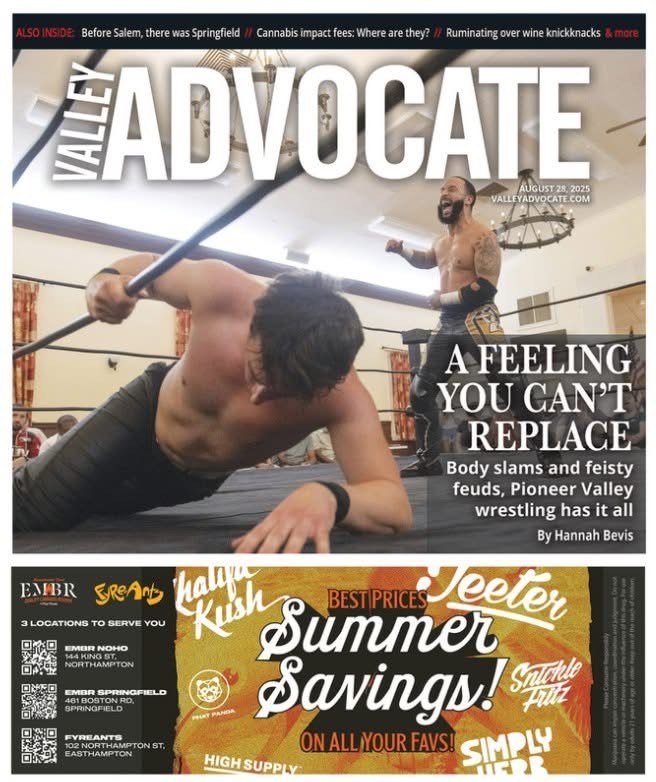For nearly twenty years, the organization I work for has connected children with histories and cultures of the world through primary sources. Countless educators have used these resources to bring distant lands and far off peoples into the classroom; students’ worlds have been expanded by interaction with the "real stuff" of history. At Primary Source (http://www.primarysource.org), we see today’s teachers continuing this tradition in innovative ways. While documents, maps, and photos offer a one-dimensional look at the world, new technologies are adding stimulating dimensions to learning, allowing students to connect with history and current events like never before.
In the 21st century, a new set of skills are essential: creativity and innovation; critical thinking and problem solving; and communication and collaboration are crucial to growing up and contributing as thoughtful citizens of the world. Through technology, today’s students are able to practice these skills and connect with the world in new, multi-dimensional ways. One of our goals at Primary Source is to harness these new technologies and model their use for teachers so that they feel more confident using them in the classroom. Educators seeking to add new dimensions to their teaching should consider the following as essential tools for learning about the world.
In the 20th century, we learned geography by looking at maps, atlases, and globes. Today, innovative teachers are using Google Earth (http://earth.google.com) to guide students in learning about the vast planet in a totally new way. With this free, downloadable program, students can fly through the Grand Canyon, navigate the Himalayas, and experience terrain in a way unimaginable with previous one-dimensional learning tools. Another exciting feature of Google Earth allows teachers to layer "flat" maps depicting additional information from any era over a present-day satellite image, creating a multi-dimensional visual image that draws students in and encourages exploration of change over time. Students become the navigators when they use Google Earth, taking control of their own learning and connecting geography to history and culture.
 A teacher’s own exploration of the world can be fascinating for students. In the past, a teacher who traveled on an educational study tour might share his journal or slide show when he returned to the classroom. Todays teachers are increasingly looking to blogs as a way to connect with students even as they travel. One benefit of this approach is that teachers are able to solicit questions from their students and seek out answers as they continue their journey. Students can follow along as their teacher visits different cities and landmarks, commenting and creating a conversation that transcends classroom walls. When Primary Source took a group of teachers on a trip to China last April, we maintained a blog (http://teachersinchina.blogspot.com) throughout the trip, allowing students and family members back home to track our progress. Travel blogs like this one can serve to inspire students and bring a new culture to the classroom. Some teachers on the trip wrote their own blogs (http://fc.sudbury.k12.ma.us/~shannon_famigletti/FOV2-00010F0A/) to keep in touch with their students. Students are engaged when they are able to follow the travels of someone they know, and teachers can use the travel blog to continue the conversation after returning to the classroom. This makes learning more relevant and world issues more tangible for students.
A teacher’s own exploration of the world can be fascinating for students. In the past, a teacher who traveled on an educational study tour might share his journal or slide show when he returned to the classroom. Todays teachers are increasingly looking to blogs as a way to connect with students even as they travel. One benefit of this approach is that teachers are able to solicit questions from their students and seek out answers as they continue their journey. Students can follow along as their teacher visits different cities and landmarks, commenting and creating a conversation that transcends classroom walls. When Primary Source took a group of teachers on a trip to China last April, we maintained a blog (http://teachersinchina.blogspot.com) throughout the trip, allowing students and family members back home to track our progress. Travel blogs like this one can serve to inspire students and bring a new culture to the classroom. Some teachers on the trip wrote their own blogs (http://fc.sudbury.k12.ma.us/~shannon_famigletti/FOV2-00010F0A/) to keep in touch with their students. Students are engaged when they are able to follow the travels of someone they know, and teachers can use the travel blog to continue the conversation after returning to the classroom. This makes learning more relevant and world issues more tangible for students.
Another way teachers have traditionally connected students with the world is through pen pal relationships with their counterparts in other countries. One-dimensional forms of communication like handwritten letters or email correspondence are increasingly being replaced by the multi-dimensional use of videoconference technology. Students can now have real-time exchanges of ideas and information. The benefits of this are many: students can see the clothing, hear the accents, and observe the cultural differences of children around the world. Most importantly, they can practice cross-cultural dialog–a skill greatly needed in our increasingly globalized world. In a Primary Source course this summer, teachers in Boston, Massachusetts and Cairo, Egypt connected with each other via videoconference in order to share ideas about how to educate students for the 21st century. We have learned that these personal connections provide opportunities to develop real-world cross-cultural skills and break down commonly-held misconceptions. Videoconferencing, we believe, is the next best thing to being there. Educators can connect with organizations like Global Nomads Group (http://www.gng.org) to get started with video conferences and to develop supporting classroom materials to enhance student learning from the experience.
pal relationships with their counterparts in other countries. One-dimensional forms of communication like handwritten letters or email correspondence are increasingly being replaced by the multi-dimensional use of videoconference technology. Students can now have real-time exchanges of ideas and information. The benefits of this are many: students can see the clothing, hear the accents, and observe the cultural differences of children around the world. Most importantly, they can practice cross-cultural dialog–a skill greatly needed in our increasingly globalized world. In a Primary Source course this summer, teachers in Boston, Massachusetts and Cairo, Egypt connected with each other via videoconference in order to share ideas about how to educate students for the 21st century. We have learned that these personal connections provide opportunities to develop real-world cross-cultural skills and break down commonly-held misconceptions. Videoconferencing, we believe, is the next best thing to being there. Educators can connect with organizations like Global Nomads Group (http://www.gng.org) to get started with video conferences and to develop supporting classroom materials to enhance student learning from the experience.
 In this rapidly changing world, students have access to technology we could never have envisioned twenty years ago. It is essential for teachers to know what is available and to model appropriate use of technology as a way to access the world. Google Earth, travel blogs, and videoconferences are just a few of the many ways technology can enhance curriculum and provide opportunities for students to learn about the world outside of the classroom. Circumstances may not allow us to bring every student to the world, but with technology we can certainly bring the world to every student.
In this rapidly changing world, students have access to technology we could never have envisioned twenty years ago. It is essential for teachers to know what is available and to model appropriate use of technology as a way to access the world. Google Earth, travel blogs, and videoconferences are just a few of the many ways technology can enhance curriculum and provide opportunities for students to learn about the world outside of the classroom. Circumstances may not allow us to bring every student to the world, but with technology we can certainly bring the world to every student.


